Yes Way Rosé
Your guide to all things rosé
What is Rosé?
Unlike other wines, rosé is not a grape variety rather a style of wine. Meaning there is no rosé grape but rather a varietal made in a rosé style such as Pinot noir rosé.
Many of the first wines in history were technically rosés. These early rosés were made watering down blends of both white and red grapes fermented together. These blends are known as "field blends" even today. Early red wine often had harsh tannins making them hard to drink and unfashionable. These watered-down wines were popular for hundreds of years until Bordeaux's Claret captivated English.
In the 19th century tourists visiting the South of France again made the simple wines a symbol of summertime glamor.
In the 1970s California introduced White Zinfandel, a sweeter style rosé with notes of melon and strawberry. White Zinfandel remained popular with consumers in the 1980s however many sommeliers and wine critics were not fans. By the 2000s French rosé really gained in popularity and even celebrities were creating their own rosé brands.
Sales of rosé have exploded in recent years making it one of the fasting growing wine categories. These light refreshing wines aren't just for summer vacations on the water, but a great wine to enjoy year-round!a
How to Make a Rosé
Winemakers have several methods used to make rosé. Direct pressing is a method in which red wine grapes are crushed and pressed just as white wine grapes are in white winemaking. In this method, very little color is extracted from the grape skins but winemakers must be careful to ensure they do not extract too much tannin. The direct pressing method results in very light-colored wine.
Short maceration is another technique used by winemakers. Maceration is the process in which the grape seeds and skins, which impart color and tannin, are left in contact with the juice. The amount of contact time is dependent on how much color and tannin the winemaker would prefer. The rosés may have contact for as little as a few hours to over a day.
The final production method is blending, a small amount of red wine is added to white wine. This method is the least common and is not permitted in Europe with the exception of Champagne. This style is not very common outside of sparkling rosé even in the New World.
It is common to find rosés made by a number of red wine grapes such as Pinot noir, Grenache, Syrah, and Mourvèdre to name a few.

